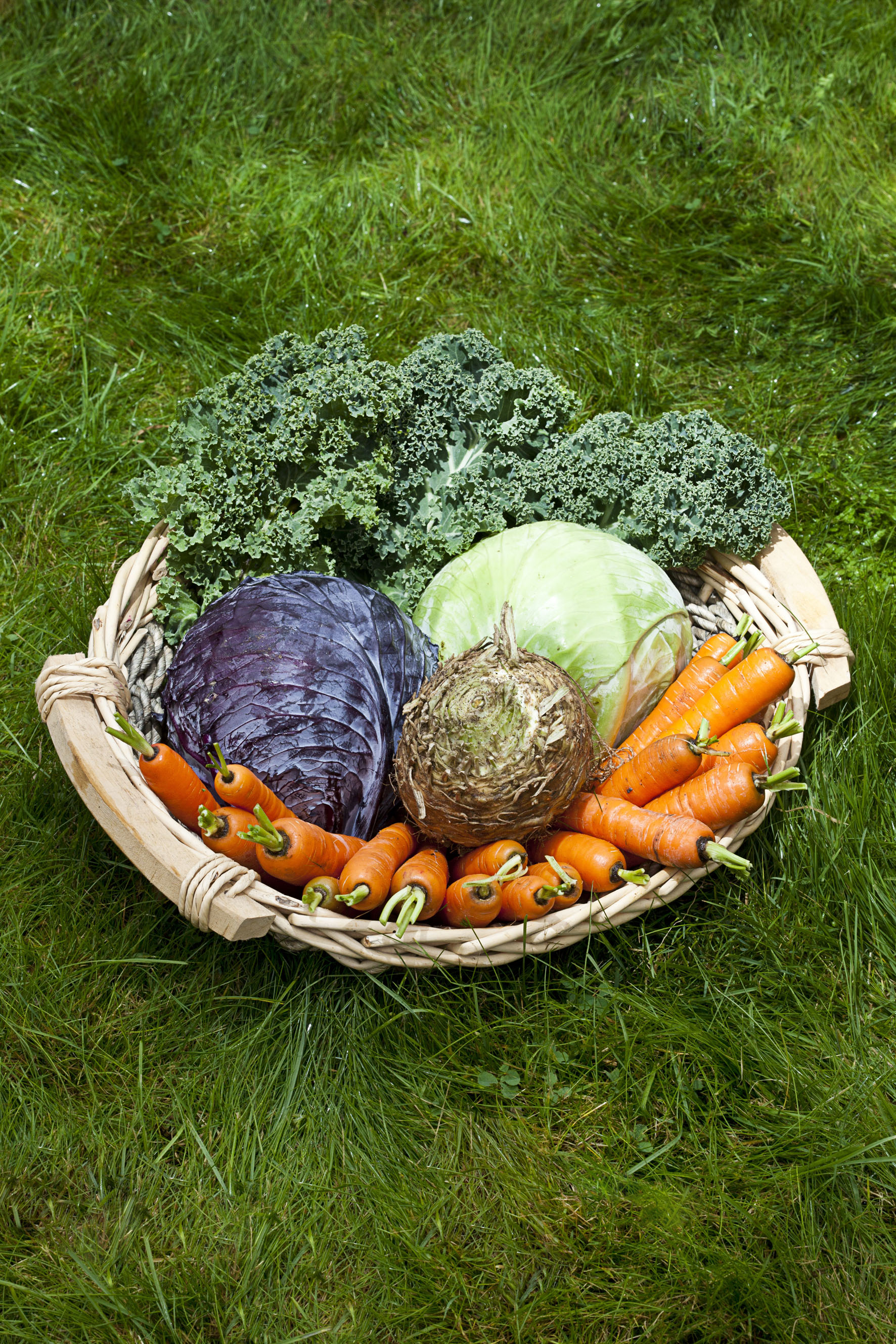Putting delicious into nutritious
Certain healthy substances in vegetables give them a bitter taste. Scientists at Aarhus University are trying to find out what is needed to get the consumer to eat more of the healthy, but bitter, vegetables.

In a large research project at Aarhus University, scientists are devising strategies and methods to increase the preference of consumers for bitter and strongly-flavoured root vegetables and cabbages.
It is not always easy to stick to a healthy diet. In some instances the healthy compounds in vegetables give them a bitter taste. This means we leave them on the shelf and instead aim for the sweeter-tasting vegetables for which we have a preference. But they do not contain as many of the healthy compounds. So what do we do?
Root vegetables and cabbages have a particularly high concentration of the healthy substances that appear to minimise the risk of contracting some of the lifestyle diseases such as type 2 diabetes and cardiovascular disease. Mankind has a natural preference for sweet foods and there is a tendency for the modern consumer to prefer the milder and sweeter vegetables that probably also contain a lower level of the healthy stuff.
In an ongoing research project scientists have been growing root vegetables (carrots, celeriac) and cabbage (white cabbage, red cabbage, spring cabbage and kale) over a period of two years with a view to producing vegetables with different levels of the healthy, but bitter compounds and to see if the bitter flavour can be modified by increasing the level of other substances that interact with the bitter part. In their quest for producing healthy and tasty vegetables, the scientists are also aiming to develop post-harvest handling and storage methods that maintain the healthy and minimise the bitter aspects.
The vegetables have subsequently been tasted by a sensory panel to produce a taste profile that can be compared with the chemical profile of the healthy substances, sugars and minerals naturally present in the vegetables. The scientists will also be looking for any links between consumer preferences and the content of healthy substances and links between consumer sensitivity to the bitter taste and their preference for it.
- One way of making consumers eat more of these vegetables could be to change the taste without changing their healthiness. Another way could be to utilise the fact that we all have different taste buds and the consumers that are only a bit sensitive to the bitter taste will probably be able to increase their consumption directly, says lecturer Ulla Kidmose from Aarhus University who is the leader of the project.
The vegetables have also been tested on patients with type 2 diabetes to determine whether different concentrations of the healthy stuff have an effect on the disease. The results are preliminary, but there appears to be a beneficial effect on type 2 diabetes from eating cabbage and root vegetables with a high concentration of healthy compounds.
The project is supported by funds from the Danish Council for Strategic Research and is a collaboration with the University of Southern Denmark, Aarhus University Hospital, INRA in France, Måltidskonsulenterne, Diabetesforeningen, SeedCom, Frugtformidlingen and several vegetable farmers. Read more about the project here.
Further information: Lecturer Ulla Kidmose, Department of Food Science, telephone: +45 8715 8293, e-mail: Ulla.Kidmose@agrsci.dk
Text: Janne Hansen
